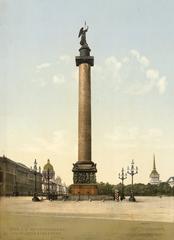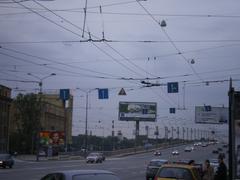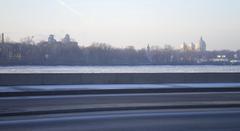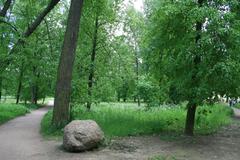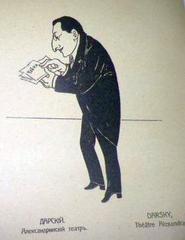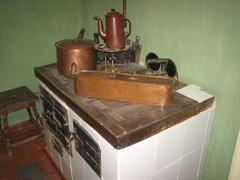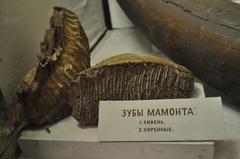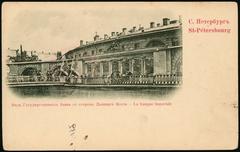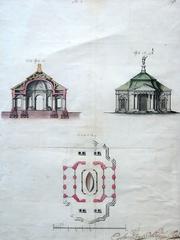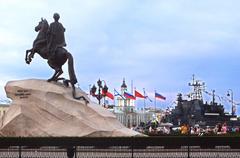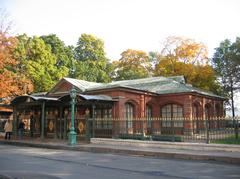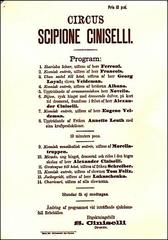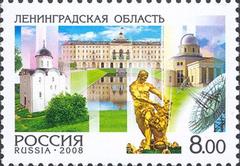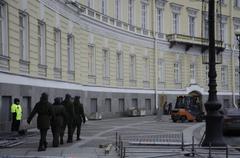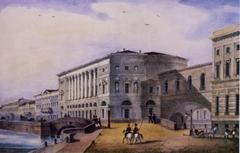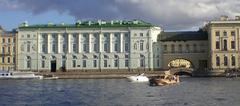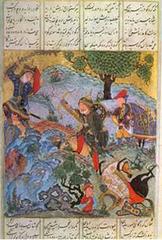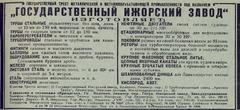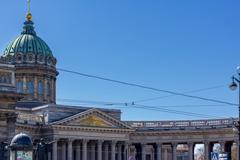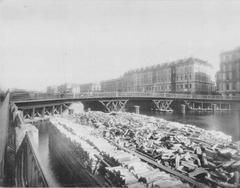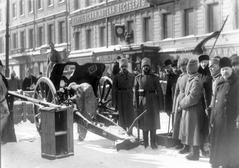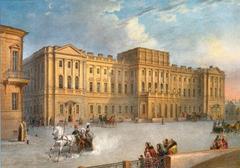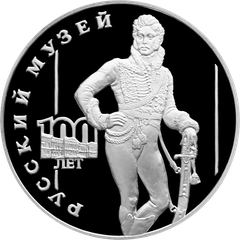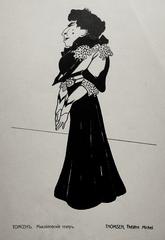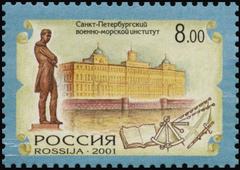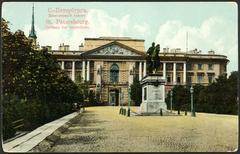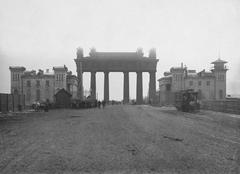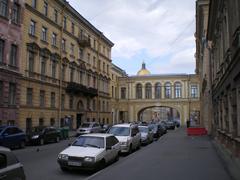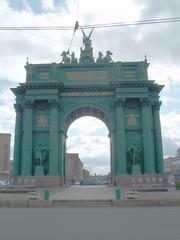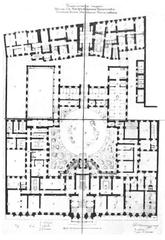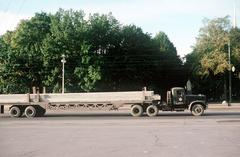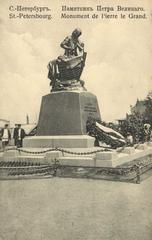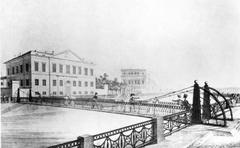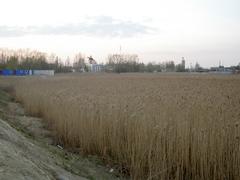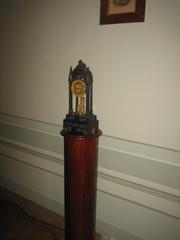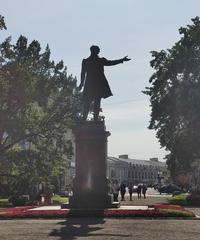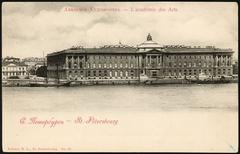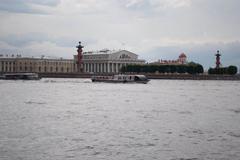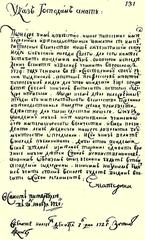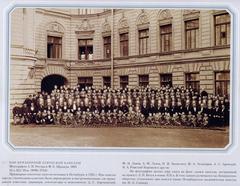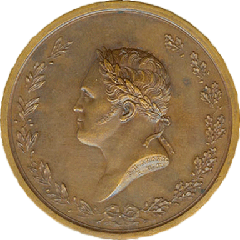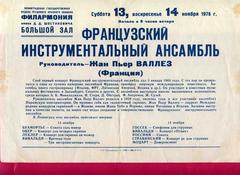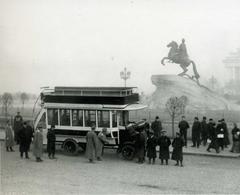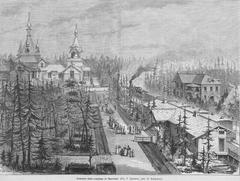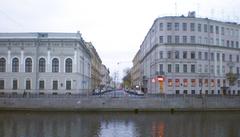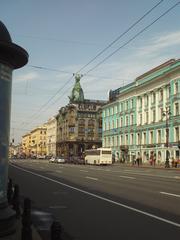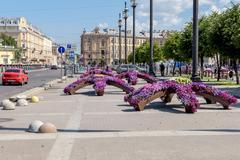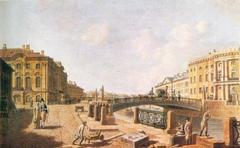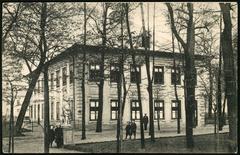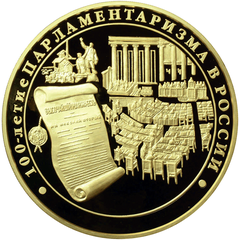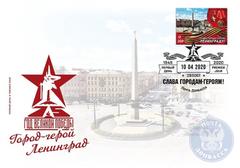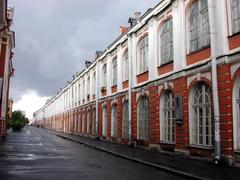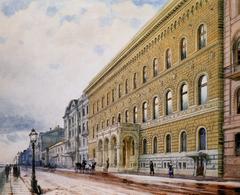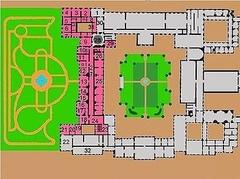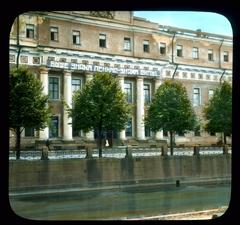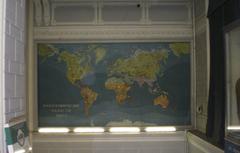
Monplaisir Palace Visiting Hours, Tickets, and Saint Petersburg Historical Sites Guide
Date: 04/07/2025
Introduction: The Legacy of Monplaisir Palace
Monplaisir Palace, situated within the verdant Lower Park of the Peterhof complex near Saint Petersburg, stands as a vibrant reflection of Peter the Great’s vision and the dawn of Russia’s engagement with Western Europe. As the tsar’s cherished retreat, Monplaisir presents a stark yet captivating contrast to the opulence of the Grand Palace, embodying intimacy, innovation, and a deep personal connection to the sea. Built between 1714 and 1723, the palace fuses Dutch Baroque influences with Russian architectural traditions, symbolizing Peter’s drive to transform Russia into a modern European state (official Peterhof website; Wikipedia).
Monplaisir’s interiors brim with artistic treasures, from oak-paneled halls to the unique Lacquered Gallery, which blends Russian and Asian decorative motifs. The palace’s Bathhouse Wing, Maritime Study, and collection of European paintings all reflect Peter’s fascination with art, science, and domesticity. Monplaisir was not just a sanctuary but a place for informal diplomacy, where Peter engaged with close friends and foreign dignitaries.
Today, Monplaisir Palace is a beautifully restored museum, open to visitors eager to discover its historical significance, architectural charm, and tranquil gardens. This guide provides all the essentials—visiting hours, ticketing, directions, accessibility, and tips—to ensure an enriching experience at one of Saint Petersburg’s most beloved historical sites (Lonely Planet; World Virtual Tours).
Table of Contents
- History and Foundation
- Architectural Features and Design
- Interior Décor and Artistic Highlights
- The Bathhouse Wing
- Imperial Life and Historical Events
- War, Survival, and Restoration
- Visitor Information: Hours, Tickets, and Accessibility
- Getting There: Transport Options
- Nearby Attractions and Itineraries
- Visitor Experience: Tips and Special Events
- Frequently Asked Questions (FAQ)
- Legacy and Cultural Impact
- Visual and Interactive Resources
1. History and Foundation
Monplaisir Palace sits near the Gulf of Finland, chosen personally by Peter the Great as his preferred location within the Peterhof estate. Peter was closely involved in its conception, sketching out initial designs and emphasizing functionality and comfort over grandeur (official Peterhof website). Completed in 1723, the palace quickly became his favorite summer residence.
The name “Monplaisir”—French for “my pleasure”—mirrors Peter’s desire for a private retreat distinct from the ceremonial spaces of the main palace. Dutch architectural influences are evident in the red-brick façade and expansive sea-facing windows, commemorating the tsar’s admiration for Western European culture (experiencingtheglobe.com).
2. Architectural Features and Design
Monplaisir is a single-story Baroque structure, with a central hall, flanking galleries, and intimate rooms, all oriented to maximize sea views and natural light. The design, heavily inspired by Dutch and Northern European models, features brickwork, gabled roofs, and oversized windows, reflecting Peter’s travels and the era’s push toward modernization (Wikipedia; 4traveler.me; World Virtual Tours).
3. Interior Décor and Artistic Highlights
The palace’s interiors are renowned for their oak paneling and the Lacquered Gallery, where Russian icon painters, inspired by Asian lacquer work, created a striking blend of black, gold, and red surfaces (saint-petersburg.com). The Assembly Hall, used for entertaining, features panels symbolizing continents and rocaille coving, echoing the cosmopolitan tastes of the Russian court.
Peter’s collection of European paintings, many acquired during his travels, adorned the walls and offered a personal link to Western culture (Wikipedia; History Tools).
4. The Bathhouse Wing
Added after Peter’s death and associated with Catherine the Great, the Bathhouse Wing provides insight into the private lives and innovative spirit of the imperial family. It features steam rooms, plunge pools, and advanced plumbing—luxuries rare in Europe at the time—highlighting the era’s technological advancements (Annees de Pelerinage; World Virtual Tours).
5. Imperial Life and Historical Events
Monplaisir was both a sanctuary and a diplomatic venue. Peter entertained friends and foreign guests here, and the palace witnessed pivotal moments such as Catherine the Great learning of Peter III’s overthrow. The Maritime Study allowed Peter to observe naval activity, underscoring his maritime ambitions (Wikipedia).
6. War, Survival, and Restoration
Remarkably, Monplaisir survived World War II largely intact, safeguarding its historic gardens and architecture. Post-war restoration returned the palace to its original splendor, preserving both structural and artistic authenticity (experiencingtheglobe.com).
7. Visitor Information: Hours, Tickets, and Accessibility
-
Visiting Hours:
Open daily from May 1st to October 31st, 10:30 AM–6:00 PM (last admission 5:00 PM). Closed the last Monday of each month. -
Tickets:
- Lower Park: 500 RUB (adults), 250 RUB (students/children)
- Monplaisir Palace: Separate entry, typically 550–700 RUB (adults). Children under 16 free.
Purchase tickets online (Peterhof Museum official site), at the park entrance, or via authorized operators (st-petersburg-essentialguide.com).
-
Accessibility:
Lower Park is wheelchair accessible; Monplaisir Palace has partial accessibility due to historic features. Free wheelchair rental is available at the park entrance. -
Guided Tours:
Available in multiple languages. Advance booking recommended.
8. Getting There: Transport Options
- Hydrofoil (Meteor Boat):
Departs from near the Hermitage Museum, arriving at Peterhof’s Lower Park in about 35–40 minutes. - Train:
Suburban trains from Baltiysky Station to Novy Peterhof, then a short bus or taxi ride. - Bus/Minibus:
Routes from Avtovo or Leninsky Prospekt metro stations, about 45–60 minutes. - Car/Taxi:
Available but parking is limited in peak season.
9. Nearby Attractions and Recommended Itineraries
- Grand Palace:
Explore the opulent main residence. - Catherine Wing:
Site of Catherine the Great’s historic coup. - Bathhouse Wing & Marly Palace:
Offer insight into imperial daily life. - Grand Cascade and Lower Gardens:
Famed for their fountains and landscaping (Spears WMS).
Plan a full day to experience the Peterhof ensemble.
10. Visitor Experience: Tips and Special Events
- Best Times:
Late May–early September for gardens and fountains; early or mid-week to avoid crowds (travelsetu.com). - Dress:
Comfortable shoes, layers, and rain gear recommended. - Amenities:
Cafés, restrooms, souvenir shops within the park. - Photography:
Allowed outside and, with restrictions, inside the palace.
11. Frequently Asked Questions (FAQ)
Q: What are Monplaisir Palace’s opening hours?
A: Open daily, 10:30 AM–6:00 PM, except last Monday of each month; seasonal variations may apply.
Q: How do I buy tickets?
A: Online via the official Peterhof Museum website, or at the entrance.
Q: Is the palace wheelchair accessible?
A: The Lower Park is accessible; the palace has partial accessibility.
Q: Are guided tours available in English?
A: Yes, in multiple languages; advance booking is recommended.
Q: When is the best time to visit?
A: Late spring to early autumn; early mornings and weekdays for fewer crowds.
12. Legacy and Cultural Impact
Monplaisir Palace is revered for its architectural integrity and cultural significance, offering rare insight into Peter the Great’s aspirations and personal life. Its blend of Russian and Western styles set the stage for subsequent artistic developments, while its restoration preserves a vital link to imperial history (Peterhof Museum; History Tools). Today, the palace is an essential destination for understanding Russia’s cultural transformation and ongoing engagement with its past.
13. Visual and Interactive Resources
- World Virtual Tours: Interactive tours and panoramic views.
Conclusion and Final Tips
Monplaisir Palace is a must-visit for anyone passionate about history, architecture, or the story of Russia’s transformation. Its scale, setting, and carefully preserved interiors invite you to explore the personal world of Peter the Great, away from the grand ceremonies of the main palace. Plan your visit for the best season, use official resources for up-to-date information, and consider guided tours for deeper understanding. Enhance your visit with the Audiala app for audio guides and interactive maps.
For schedules, ticketing, and the latest updates, always refer to the official Peterhof Museum website.
References and Further Information
- official Peterhof website
- Wikipedia
- Lonely Planet
- Annees de Pelerinage
- World Virtual Tours
- History Tools
- 4traveler.me
- saint-petersburg.com
- st-petersburg-essentialguide.com
- Spears WMS
- travelsetu.com
- World of Wanderlust




